The content of the article
The Alpine Accenturus bird is small in size, like all other passerine species. In Latin, the name of this species sounds like Prunella collaris.
Description
These birds are a little larger than a sparrow. But their wings are somewhat longer. The body length is up to 16-18 cm, wingspan - about 30 cm or a little more. The mass of the Alpine swirls is 35-45 g. Representatives of the species have a dense composition, their wings are elongated and slightly pointed. They fly quickly, in waves. In flight style resemble thrush.
The tail of these birds is relatively short. Most often located on the surface of the earth. Sometimes sits on shrubs or grass. On the ground, they walk fast, sometimes run across or jump.
In the area where this bird lives, it is often confused with the larks. They are similar in size, and, if you look from afar, the color of the bird is just as dark and monotonous. They also like to stay on the ground, fly in a similar way.The sounds made by these species are also similar. In addition, they often form flocks not only during the nesting period. For the same reasons, the bird is often confused with the ridge.
There are also forest species, but alpine in size are larger by about a third. Forest representatives walk the ground vertically, while alpine ones are often pressed to the ground and look like a mouse. The bird tends to sometimes twitch its tail or wings.
In different seasons, the representatives of this species differ in different colors. In the spring they are in the upper part of the head, as well as on the chest and back have a gray color. Mostly their plumage is colored brown. On a back longitudinal strips of dark color are looked through. In the throat area the plumage is light gray. It is strewn with small black patches merging into longitudinal strips. Abdomen of the whirlworm is light. On the sides of the bird there are large varieties of rusty hue. They are framed by a bright border, which contrasts with the overall color. On the tail is bright. There are dark streaks too.
When the bird is in a sitting position, a dark area is visible on the wing, which stands out against the general brown background.If you look at the flying curtain from above, this section looks like a strip that runs from the back to the edge of the wing.
The beak is painted in a dark shade, but on the basis there is a spot of yellow color. The legs are reddish. If you look at a bird from afar or at dusk, all these details of color merge. The bird looks just dark. Little is allocated only the area on the wing.
The color of the representatives of different sexes is almost the same. The colors of the female are somewhat dimmer, therefore the spots and stripes are not so contrasting. During the year, the bird completely molts only once. This happens in the post-nesting period.
When a fresh feather grows, the coloring becomes brighter. In its color there is more brown. This is especially evident in the back and shoulders of the bird. Better visible blotches in the throat.
Down in chicks gray, rare. Feathers in young individuals are almost the same color, but the colors are dimmer. Brown predominates instead of gray.
Vote
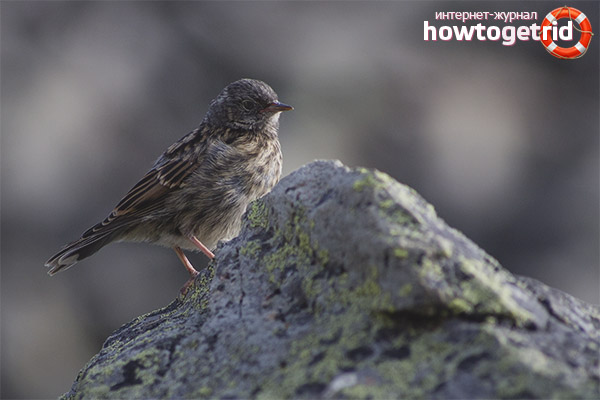
The song of the Alpine twist is a ringing trill that sounds rather unhurriedly and does not have its own clear structure. The sounds are like the song of the skylark, but not so diverse. Compared with the woodwind, the alpine sings somewhat slower.
Singing can be heard when the bird is on the ground. Calls from representatives of this species are similar to passerines or calls of a morning person. They can make babbling trills.
Habitat
This bird lives in the mountains of North Africa, as well as on the territory of Eurasia. It is also found in small quantities in the Caucasus.
Lifestyle and reproduction
Nutrition
They eat insects, mollusks, and also arachnids.Often berries and seeds are also included in the diet. They look for food in stones, on the ground, as well as in mosses and lichens. They winter too in mountains, but go down below. Sometimes at this time of year the bird can be found on the plain.
Video: Alpine Accentor (Prunella collaris)

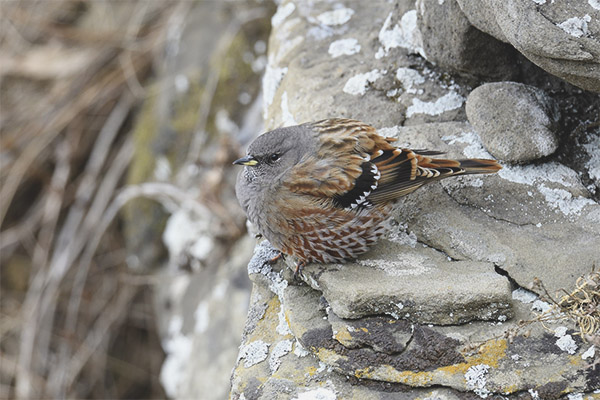
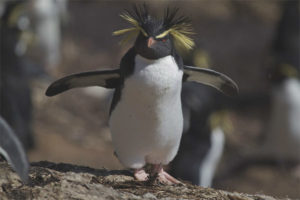
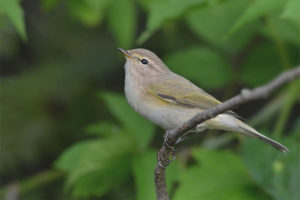
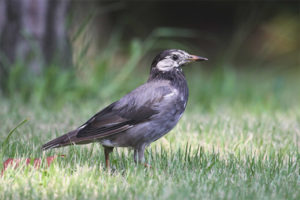
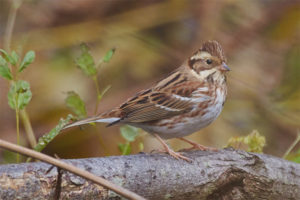
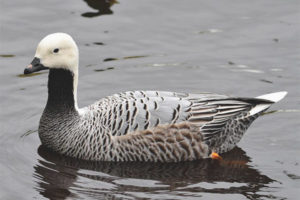
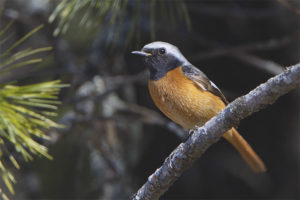
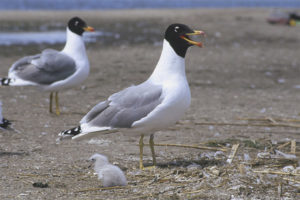
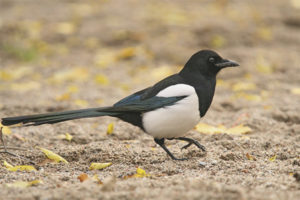
To send